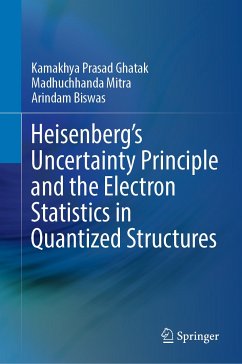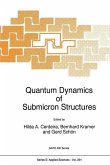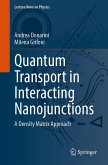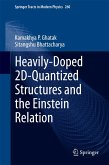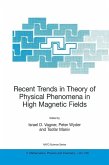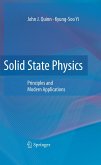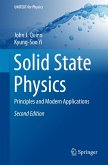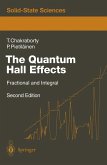This book highlights the importance of Electron Statistics (ES), which occupies a singular position in the arena of solid state sciences, in heavily doped (HD) nanostructures by applying Heisenberg's Uncertainty Principle directly without using the complicated Density-of-States function approach as given in the literature. The materials considered are HD quantum confined nonlinear optical, III-V, II-VI, IV-VI, GaP, Ge, PtSb2, stressed materials, GaSb, Te, II-V, Bi2Te3, lead germanium telluride, zinc and cadmium diphosphides, and quantum confined III-V, IV-VI, II-VI and HgTe/CdTe super-lattices with graded interfaces and effective mass super-lattices. The presence of intense light waves in optoelectronics and strong electric field in nano-devices change the band structure of materials in fundamental ways, which have also been incorporated in the study of ES in HD quantized structures of optoelectronic compounds that control the studies of the HD quantum effect devices under strong fields. The influence of magnetic quantization, magneto size quantization, quantum wells, wires and dots, crossed electric and quantizing fields, intense electric field, and light waves on the ES in HD quantized structures and superlattices are discussed. The content of this book finds six different applications in the arena of nano-science and nanotechnology and the various ES dependent electronic quantities, namely the effective mass, the screening length, the Einstein relation and the elastic constants have been investigated. This book is useful for researchers, engineers and professionals in the fields of Applied Sciences, solid state and materials science, nano-science and technology, condensed matter physics, and allied fields, including courses in semiconductor nanostructures.
Dieser Download kann aus rechtlichen Gründen nur mit Rechnungsadresse in A, B, BG, CY, CZ, D, DK, EW, E, FIN, F, GR, HR, H, IRL, I, LT, L, LR, M, NL, PL, P, R, S, SLO, SK ausgeliefert werden.

